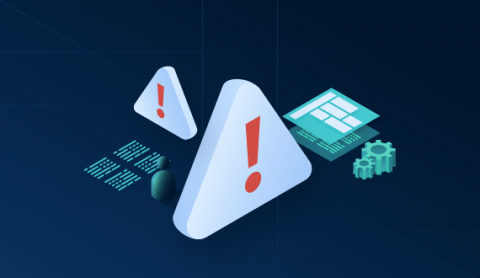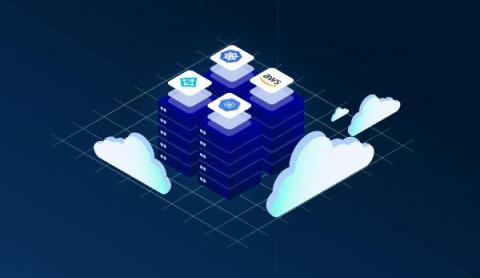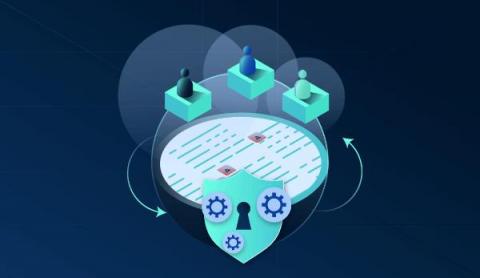Operations | Monitoring | ITSM | DevOps | Cloud
Latest Posts
Golden Signals - Monitoring from first principles
Building a successful monitoring process for your application is essential for high availability. In the first of this three-part blog series, Safeer discusses the four key SRE Golden Signals for metrics-driven measurement, and the role it plays in the overall context of Monitoring. Monitoring is the cornerstone of operating any software system or application effectively. The more visibility you have into the software and hardware systems, the better you are at serving your customers. It tells you whether you are on the right track and, if not, by how much you are missing the mark.
Kubernetes Health Check Using Probes
Traditional vs Modern Incident Response
Everything you need to know about Squadcast and Microsoft Teams Integration
Cloud Complexity - Bringing Resources together in Multi-cloud Environments
Squadcast Earns a Spot on G2's Top 50 Best Software Awards for IT Management Products 2022
Five Ways Developers Can Help SREs
Reliability is a team game. More the collaboration between Developers and SREs, greater will be the success of the product. In this blog, we have listed down the five best practices that developers can adopt, to make the SRE's life easier. It is not easy to be a site reliability engineer. Monitoring system infrastructure and aligning them with the key reliability metrics is quite a daunting task. Whereas, a software engineer's job is to deliver high-quality software.











